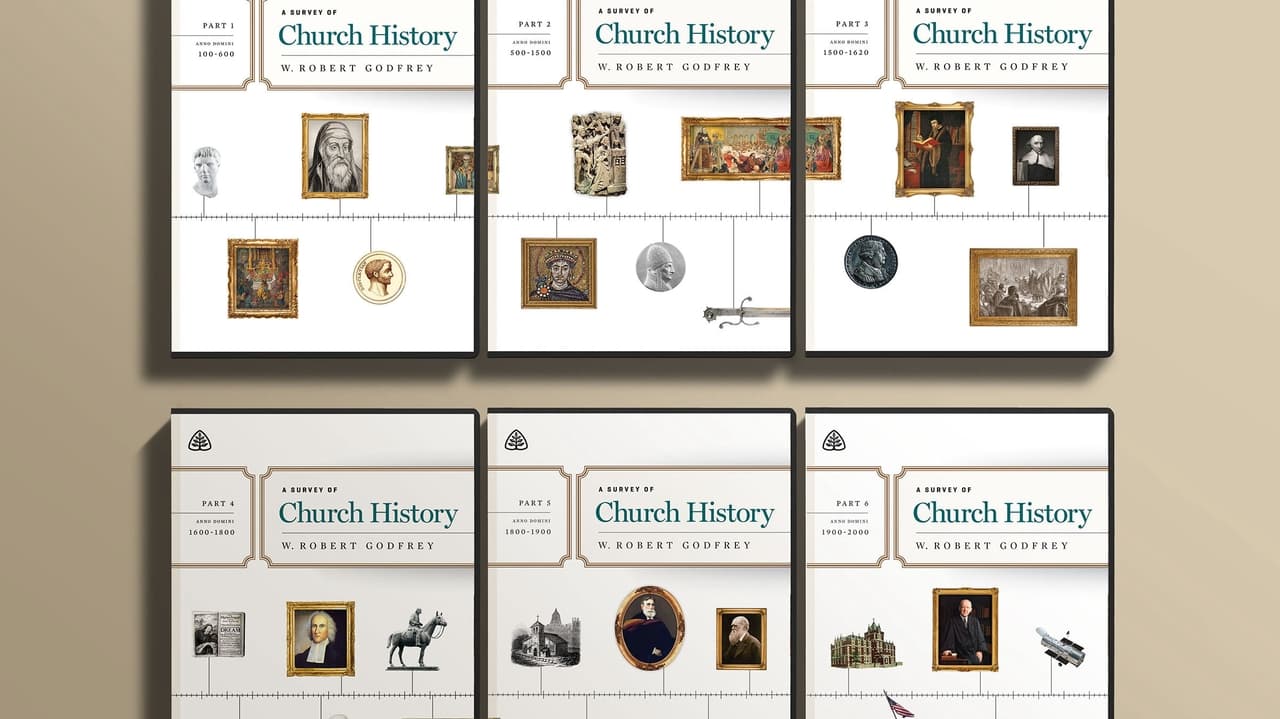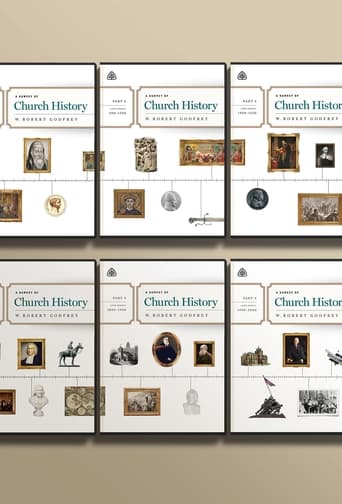A Survey of Church History Season 2

When you look back to study the early church, you're not just getting an interesting history lesson. You're seeing a testament of God's faithfulness and steadfast love for His people. In this series, respected church historian W. Robert Godfrey introduces us to the major figures, events, and contributions from the first five hundred years of the church.
Watch NowWith 30 Day Free Trial!
A Survey of Church History
2013
As the Roman Empire crumbled, people looked to a new institution for direction in a world of uncertainty: the church. The next thousand years would prove to be a complex experiment in Christian civilization. In this series, respected church historian W. Robert Godfrey explores the triumphs and tragedies of the church in the Middle Ages.
Watch Trailer
With 30 Day Free Trial!
A Survey of Church History Season 2 Full Episode Guide
As corruption became more common in the church, brave believers began to speak out. Emphasizing the authority of the Bible, the gospel of grace, and genuine piety, they quickly gained a following. In the final part of this series, W. Robert Godfrey introduces us to the forerunners of the Reformation.
Toward the end of the Middle Ages, people began to look for paths to God outside of traditional theology. Some advocated a mystical approach to spirituality. Others turned to the ancient writings of Greece and Rome. In the twelfth part of this series, W. Robert Godfrey looks at these complex movements and their influence today.
As a student, Thomas Aquinas was nicknamed the "Dumb Ox," but he would go on to become one of the most thoughtful and crucial theologians in church history. In the eleventh part of this series, W. Robert Godfrey introduces us to this towering figure.
In 1378, the church found itself with two popes: one in Italy and one in France. And when a council was held to solve the problem, they ended up with three popes instead of two. In the tenth part of this series, W. Robert Godfrey analyzes this tricky situation.
What is the relationship between faith and reason? This might sound like a modern question, but it has its roots in the early and medieval church. In the ninth part of this series, W. Robert Godfrey introduces us to three theologians who wrestled with questions we still ask today.
Monastic communities were founded on the ideal of self-denial and self-discipline. But not all monks sought to achieve this ideal in the same way. In the eighth part of this series, W. Robert Godfrey introduces us to Francis, Dominic, and the new orders they founded.
It wasn't until Pope Innocent III came to power that many Roman Catholic doctrines were solidified. In the seventh part of this series, W. Robert Godfrey discusses Innocent's teachings on papal infallibility, the Lord's Supper, and more.
Few events in church history are more controversial than the Crusades. Many see this period as a scar upon the faith and a tarnish to our witness. In the sixth part of this series, W. Robert Godfrey considers the motivation behind the Crusades and what Christians today should think about them.
In the twelfth century, church and state were stuck in a deadlock. A pope would excommunicate an emperor. Then an emperor would depose a pope. The question remained: who's really in charge? In the fifth part of this series, W. Robert Godfrey considers this monumental power struggle.
The Eastern and Western churches divided as much over politics as over doctrinal differences. In the fourth part of this series, W. Robert Godfrey examines the controversies, rivalries, and power plays that fueled the Great Schism.
Around the year 600, an Arabian trader began to wrestle with religious questions-and arrived at answers very different from the teachings of Scripture. In the third part of this series, W. Robert Godfrey looks at the life of Muhammad, the founding of Islam, and the threat it posed to the medieval church.
As the vestiges of Roman culture faded, people were anxious to find direction for the future. And two new leaders stepped up to provide it. In the second part of this series, W. Robert Godfrey introduces us to an emperor and a pope who set the stage for the Middle Ages.
The period of the Middle Ages is neglected by some and romanticized by others. In the first part of this series, W. Robert Godfrey helps us get our bearings as he begins his discussion on this complex and important era.
Free Trial Channels
Seasons


























